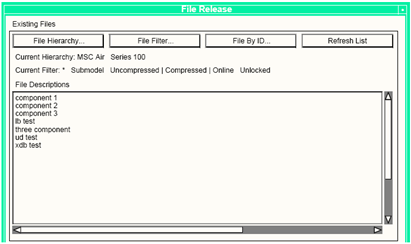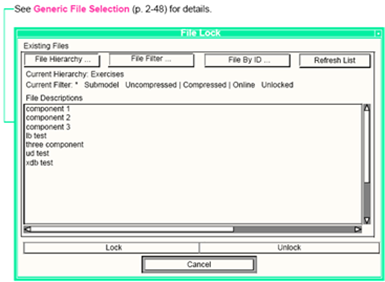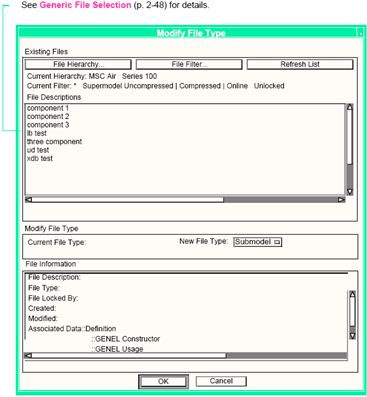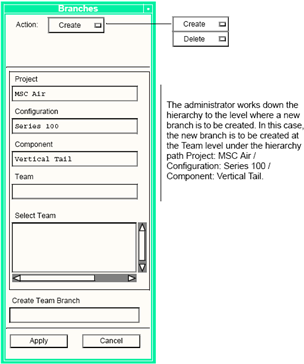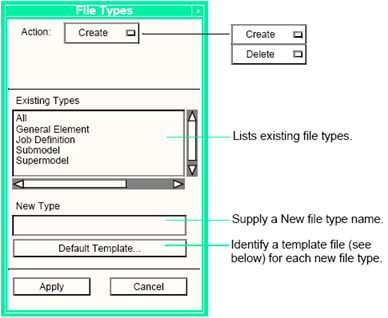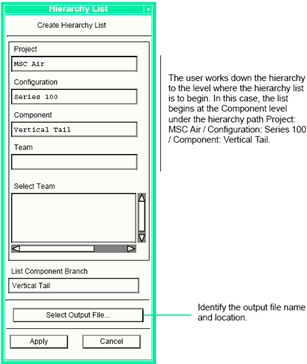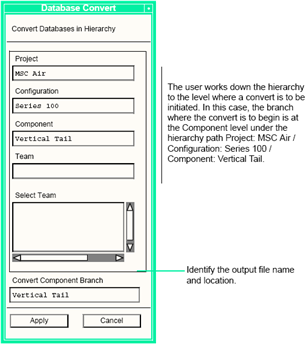XXXXXXXXXXXXXXXXXXXXXXXXXXXXXXXXXXXXXXXXXXXXXXXXXXXXXXXXXXXXXXXXXXXXXXXXXXXXXXXXXXXXXXXXXXXXXXXXXXXXXXXXXXXXXXXXXXXXXXXXXXXXXXXXXXXXXXXXXXXXXXXXXXXXXXXX''"> User Interface
User Interface section presents the interface to administrative functions. The following sections give detail regarding the intended use and information on available options and controls.
For a table of each of the available operations see
Function Summary.
Release/Unrelease
Release and Unrelease functions removes or returns a file to working status. Releasing a file prohibits any further changes to the file and it is only accessible for Read access.
Release is available to the System Administrator and is located under Administration - Release. Component models and associated results may be Unmerged from Released files.
Either function invokes the associated scripts described under Customization. By default, the scripts for release and unrelease perform no action other than to announce their execution.
Regardless of the actions taken by the script, a file that is released is barred from further modification by ANY user. Unreleasing the file returns it to a working state Write access by the user community.
Lock/Unlock
Locks or unlocks a file providing a security feature. Locking a file prevents a file from being write-accessed. Components may not be Unmerged from Locked files. This administrative functionality is useful if an unexpected exit from MSC.SuperModel has left one or more files locked.
Neither locking nor unlocking invokes scripts to perform their respective tasks.
Caution: | Lock and unlock files with extreme caution. Many operations performed by MSC.SuperModel require restricted access to files being managed by File Manager. This administrative feature disrupt those operations if targeted at a file being accessed. The feature should only be used after obtaining a thorough understanding of what caused the locked or unlocked situation to occur! |
Modify File Type
Modify File Type allows users to modify the type of any existing file. The only restriction is that files may not be modified to a new type of Supermodel.
Branches/File Types
Creating and deleting hierarchy branches and file types are controlled through the following form. The forms appearance is controlled by the upper-most option menus that allow the administrator to select the desired action and the object of that action. For clarity, the Create form is shown for both of the available objects. Delete forms vary slightly.
Branches
The following form allows the administrator to modify the hierarchy.
File Types
The following form allows the administrator to add new file types to those that are available by default. Deleting customized file types is also supported, however deleting any of the default file types results in an error message being posted.
The name chosen for a new file type is the descriptive string that displays throughout the user interface and should be descriptive but of moderate length (less than 20 characters is recommended).
The designation of a template file is performed through a UNIX file widget. This file and all files in the same directory with the same base name (see the discussion on Logical Files) is copied to the root of the hierarchy to serve as the starting point for users who request a new file of this type.
Note: | Selecting a default template is very important. Review the discussion on Logical files and the paragraph above before defining new file types. |
Hierarchy List
The contents of the File Manager hierarchy may be listed and stored in a file. Users may specify the starting point to generate the hierarchy list. The file system path names are printed to the hierarchy
listing also.
The user interface is described below.
Convert
The contents of the File Manager hierarchy may be converted to the next version of the MSC.Patran database. The user identifies a hierarchy starting point and all MSC.Patran databases at that point and below is upwardly converted to the current version.
